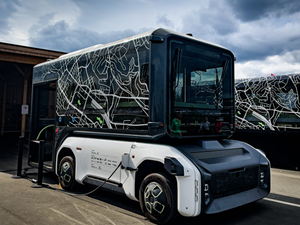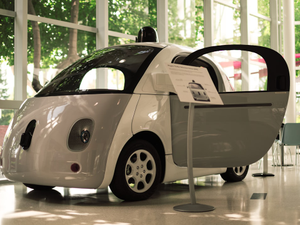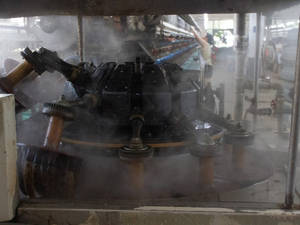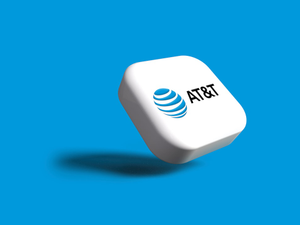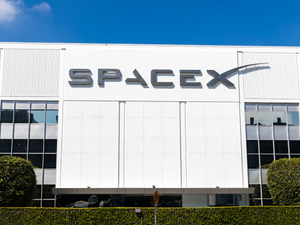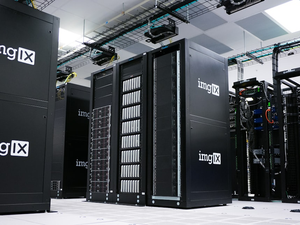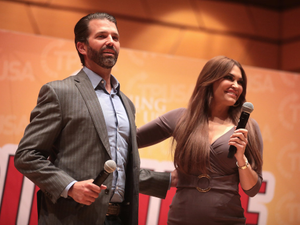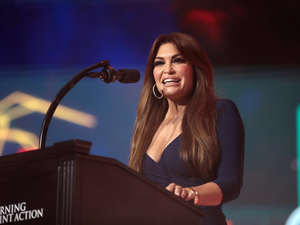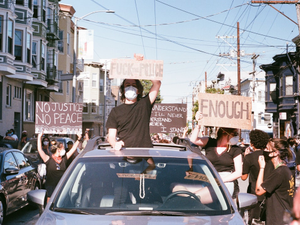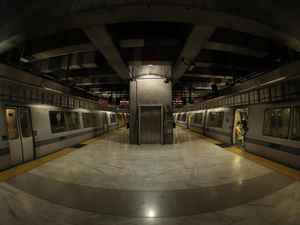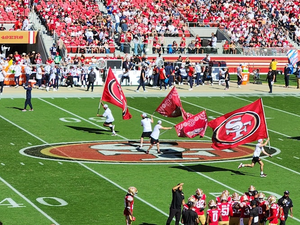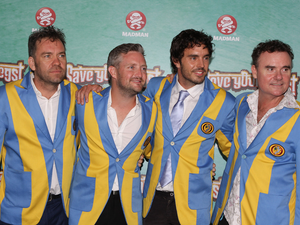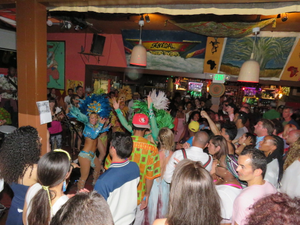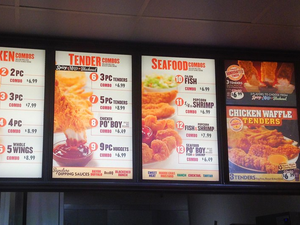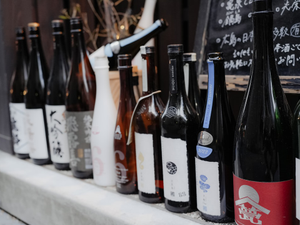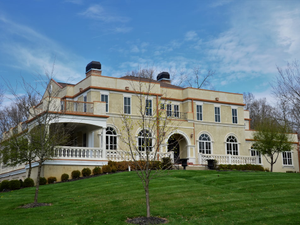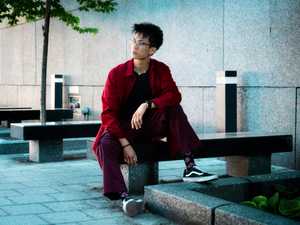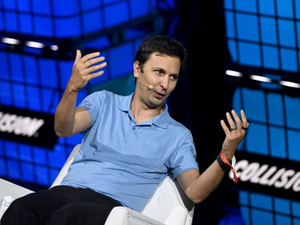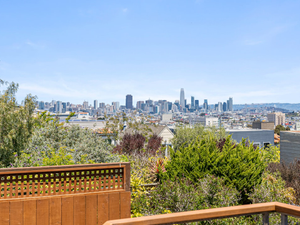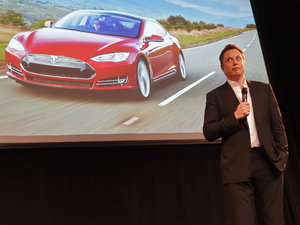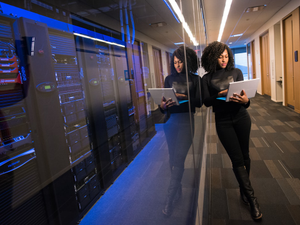Design Rebels: How Figma Keeps Its Startup Soul After Going Public

When most tech companies are tightening their belts, Figma is proving that workplace joy isn’t just a luxury, it’s a strategy. Two weeks after ringing the opening bell at the New York Stock Exchange, the design software company continues to defy traditional corporate norms with its playful, collaborative culture.
Located in the heart of San Francisco’s Market Street, Figma’s headquarters feels more like a creative playground than a typical tech office. Exposed brick columns splashed with bright colors, murals by local artists, and vibrant rugs create an environment that reflects the company’s innovative spirit. Employees, who call themselves “Figmates,” aren’t just working, they’re designing, experimenting, and having fun.
The company’s commitment to creativity is most evident during their annual “Maker Week,” where employees pause their regular work to pursue passion projects. These aren’t just random experiments; past Maker Weeks have produced core products like Figma Slides and significant add-ons. This approach has helped the company grow from 150 employees five years ago to 1,600 workers across nine global offices today.
Unlike many tech companies forcing employees back to the office, Figma has no return-to-office mandate. Yet, hundreds of employees voluntarily show up, enjoying perks like catered breakfasts and pop-up coffee bars. The workplace culture encourages spontaneity, from employees working alongside pets to collaborative puzzle-solving.
With 13 million monthly active users and $749 million in annual revenue, Figma has become a design technology powerhouse. Even after Adobe’s failed $20 billion acquisition attempt, the company remains committed to its unique cultural DNA. As VP of Product Sho Kuwamoto puts it, they’re focused on helping people accomplish great design, believing that “the issue of stock price will take care of itself”.
For young tech professionals and design enthusiasts, Figma represents more than just a software company, it’s a testament to the idea that workplace culture can be both productive and genuinely enjoyable.
AUTHOR: kg
SOURCE: SF Standard

